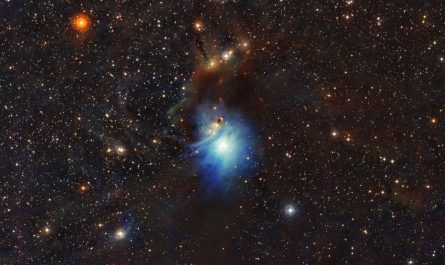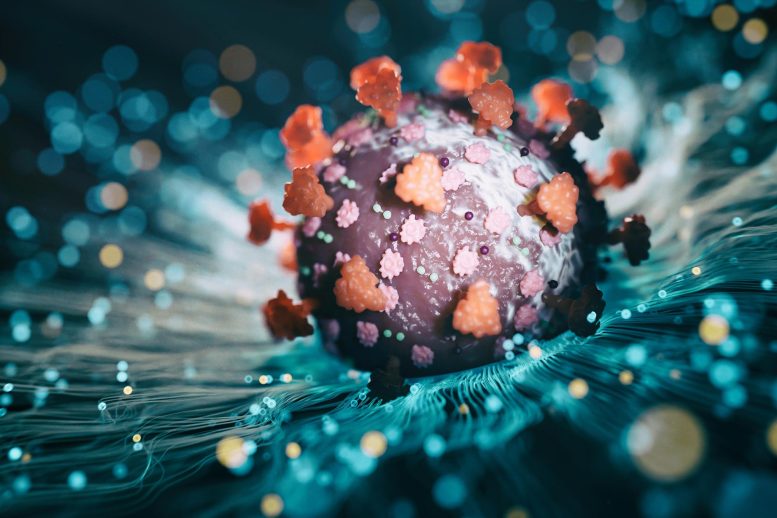
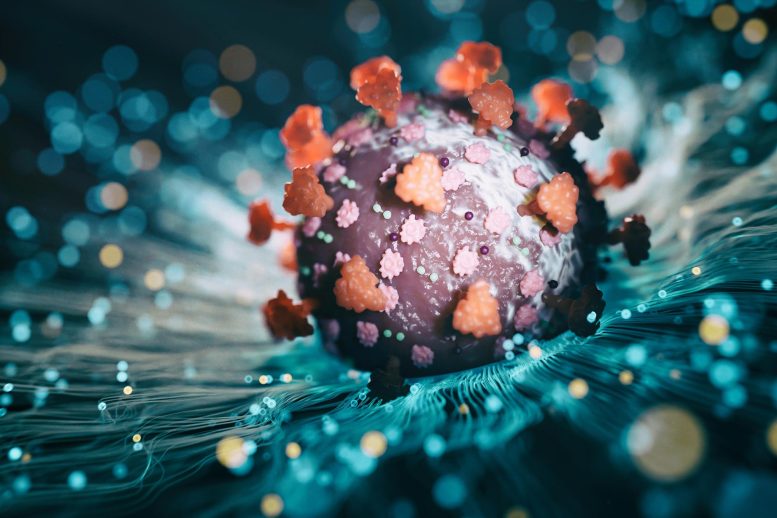
A new study reveals that SARS-CoV-2, the virus causing COVID-19, enters mink cells differently than human cells, utilizing the endocytosis pathway due to an inactive TMPRSS2 enzyme in minks. This discovery highlights the complexities of zoonosis and the potential public health risks of interspecies virus transmission, underscoring the need for further research on various species.
Research conducted at UC Riverside has the potential to assist scientists in devising strategies to prevent the spread of COVID-19 among minks and various other species.
Some viruses have the ability to transfer across different species. A notable instance of this is SARS-CoV-2, the virus responsible for COVID-19. This virus can be transmitted from humans to minks, an agricultural species, and then potentially back to humans. This phenomenon, known as ‘spill back’, raises concerns because the virus may undergo mutations in minks and then return to humans in a more aggressive form. Instances of both transmission from humans to minks (spill over) and from minks to humans (spill back) have been documented in mink farms in both the United States and Europe.
To address these issues, a research team at the University of California, Riverside, has now studied zoonosis — the interspecies transmission of pathogens — in mink and found that TMPRSS2, an enzyme critical for viral fusion entry of SARS-CoV-2 in humans, is not functional in mink.
“We found mink lung cells are infected by the ‘endocytosis pathway,’ not the TMPRSS2 fusion pathway commonly observed in human cells,” said doctoral student Ann Song, first author of the research paper that appears in Frontiers in Microbiology. “Our findings show that SARS-CoV-2 entry is not the same in all mammals and emphasize the need for thorough investigations into viral entry mechanisms across different species.”
Song explained that viral fusion occurs when the membrane of the virus fuses with the plasma membrane of the host cell during infection. She said endocytosis is an essential process in which cells engulf external materials in small vesicles formed from their plasma membranes. SARS-CoV-2 can be taken up by host cells via endocytosis, she said.
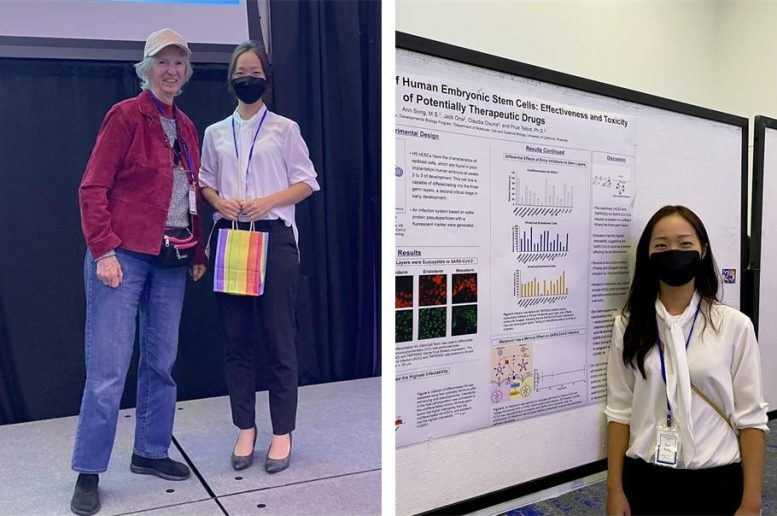
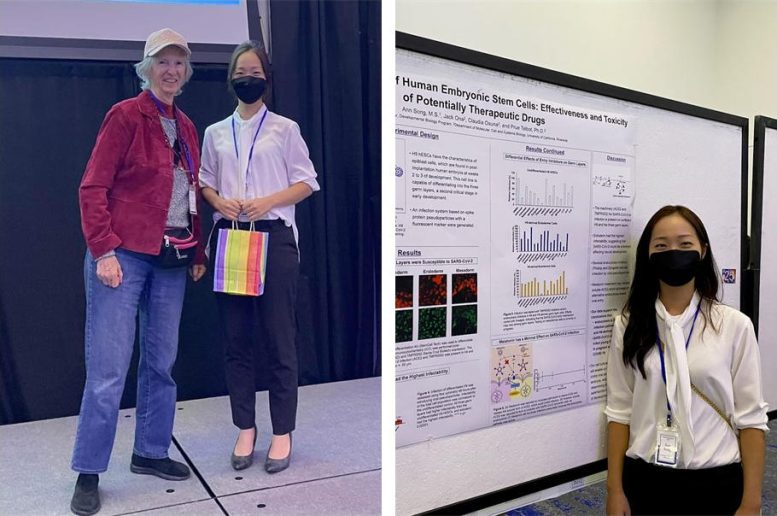
Left: Prue Talbot (left) is seen with Ann Song, Right: Ann Song. Credit: Talbot Research Group, UC Riverside
“Our results show that the functional — or enzymatic — domain is missing in mink TMPRSS2,” she said. “We do not know why. We think the enzyme may have multiple functions. It can do something else in mink, but it does not play a role in SARS-CoV-2 fusion to host cells. As a result, targeting TMPRSS2 would not be helpful in preventing infection in mink. What is clear is that SARS-CoV-2 entry varies among different species and tissue types.”
Zoonosis as a Public Health Concern
Song said zoonosis is a public health concern as dangerous mutated forms of the virus could be introduced into the human population through spillback. During the pandemic, hundreds of papers were published on COVID-19 in humans. Now that COVID-19 in humans is under better control, scientific attention is turning to zoonosis.
Lead author Prue Talbot, a professor of the graduate division in the Department of Molecular, Cell, and Systems Biology in whose lab Song works, said researchers should not underestimate the possibility of spillover and spillback of SARS-CoV-2 in other mammalian species.
“Deadly mutants can emerge from spillover/spillback events,” Talbot said. “As another example, many herds of deer, which are hunted by humans, are infected with SARS-CoV-2 and are thus potential sources of spillback.”
Talbot and Song were joined in the research by postdoctoral researcher Rattapol Phandthong. Next, the research team will work on the infectability of human embryos in pregnant women who have COVID-19.
To achieve their results, the researchers conducted their experiments using lung epithelial cells from mink.
Reference: “Endocytosis inhibitors block SARS-CoV-2 pseudoparticle infection of mink lung epithelium” by Ann Song, Rattapol Phandthong and Prue Talbot, 27 October 2023, Frontiers in Microbiology.
DOI: 10.3389/fmicb.2023.1258975
The research was supported by the Tobacco-Related Disease Research Program of the University of California, California Institute for Regenerative Medicine, and UCR.

